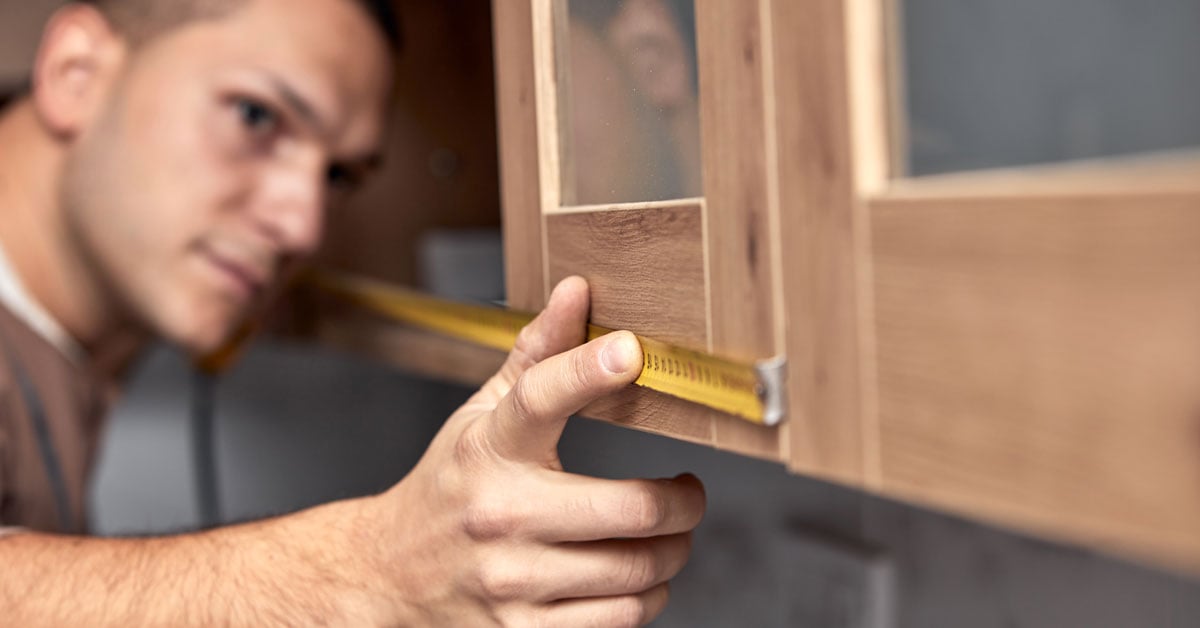OverlandTrailer.com, led by Mark Yankee, has become a go-to resource for individuals looking to...
Mastering the Art of Cabinet Making

Cabinetry represents an exciting blend of form and function. A well-built cabinet not only serves as a critical storage space, but it also adds aesthetic appeal to a room. The craft of cabinet making has deep roots in the woodworking tradition and mastering it can take your carpentry skills to new heights. In this comprehensive guide, we'll walk you through the essentials of this fine art.
1. Understanding Cabinet Anatomy
Before we dive into the process, it's important to get familiar with the basic anatomy of a cabinet.
- Base Cabinets: These are the heavy lifters in kitchen and bathroom design. They support countertops and often house large appliances.
- Wall Cabinets: Often positioned above countertops and appliances, wall cabinets provide ample storage without consuming floor space.
- Tall Cabinets: These can serve as pantries or broom closets, extending from the floor to nearly the ceiling.
- Cabinet Boxes: The body of the cabinet, often made from a plywood or particleboard box, with a face frame attached to the front.
- Face Frames: These provide rigidity and offer a mount for doors and drawers.
- Doors and Drawers: They are the elements that offer access to the storage space within the cabinet.
Understanding these elements and how they work together will help you plan and execute your cabinet projects with precision.
2. Designing Your Cabinet
Designing a cabinet requires both practicality and creativity. You need to consider the cabinet's purpose, its size, the available space, and the materials you plan to use. Sketch your design on paper or use a design software, marking dimensions and noting where fixtures like hinges or handles will go. Remember, good planning saves you time and costly material waste down the line.
3. Selecting Your Wood
The choice of wood can significantly affect the final product. Hardwoods like oak, maple, and cherry are traditional favorites for cabinets due to their strength and beauty. However, softer woods like pine can offer a distinct look, and engineered woods like MDF can be a cost-effective alternative. Evaluate the purpose, location, and budget of your project when making your choice.
4. Cutting and Assembly
Accurate measuring and cutting are the foundations of successful cabinet making. Use a table saw for the larger cuts and a miter saw for smaller, angled cuts. Always double-check your measurements before cutting.
Assembly usually begins with the cabinet box, followed by the face frame. Finally, doors and drawers are assembled and attached. Always remember to square your components before and during assembly to ensure a well-built final product.
5. Finishing Touches
Once the cabinet is assembled, it's time to add the finishing touches. Sanding the cabinet removes any imperfections and prepares it for staining or painting. When choosing a finish, consider the cabinet's location and use, as well as the look you want to achieve. Don’t forget to add the hardware.
Remember, mastering cabinet making is a journey that involves constant learning and practice. Don't be discouraged by initial hiccups, and take each project as a learning experience. The more you immerse yourself in this craft, the more refined your skills will become, and the more satisfaction you'll gain from each finished cabinet.



